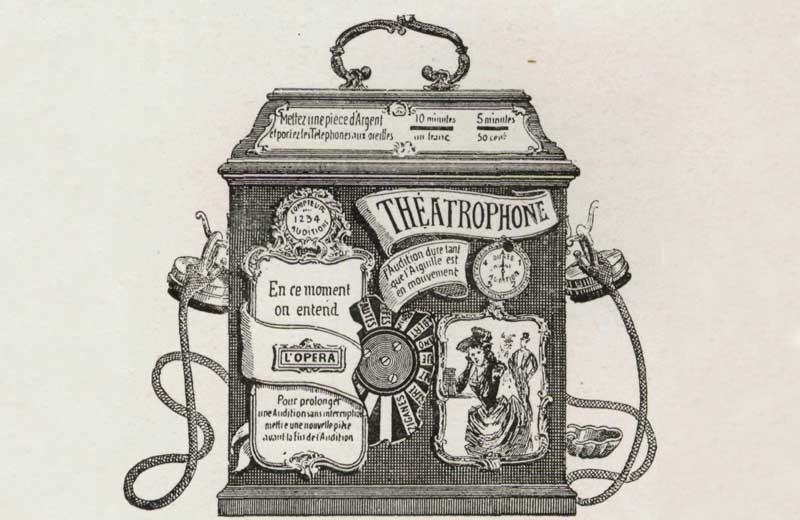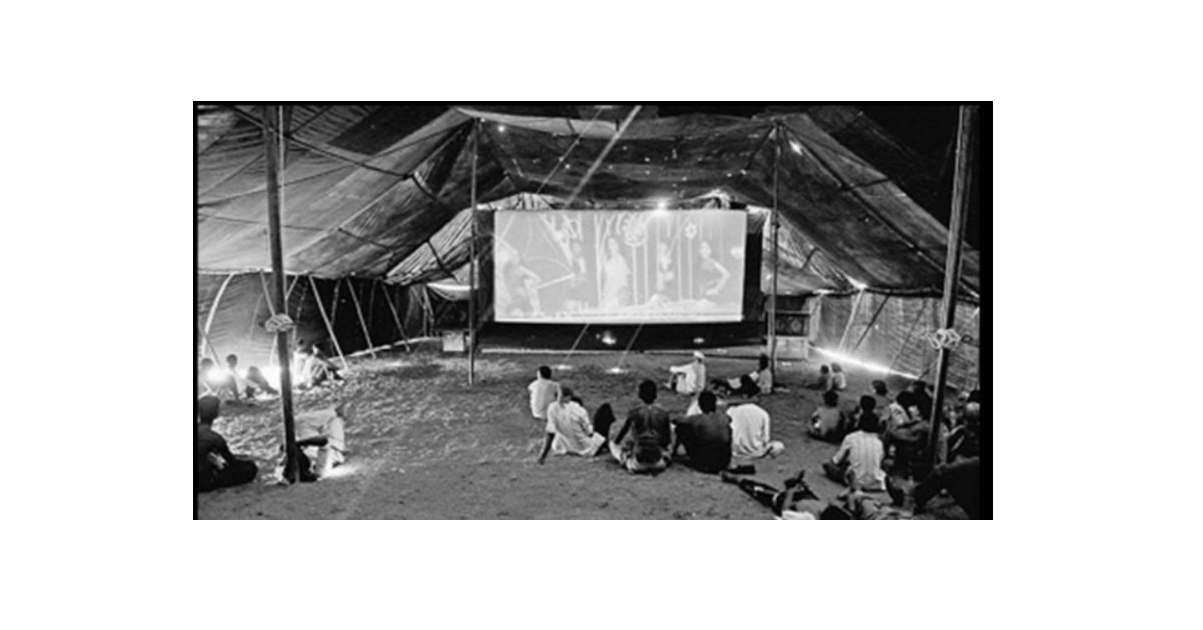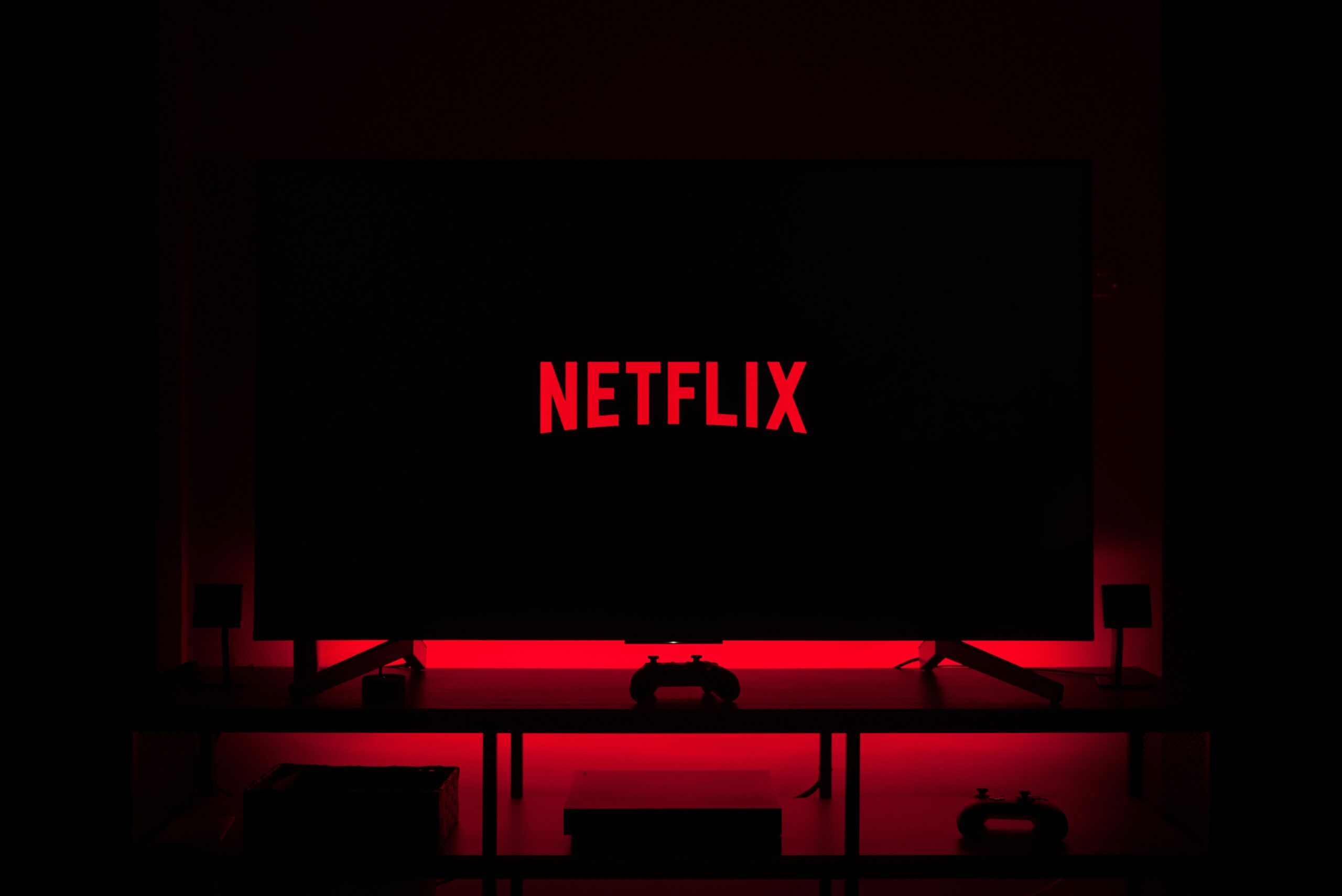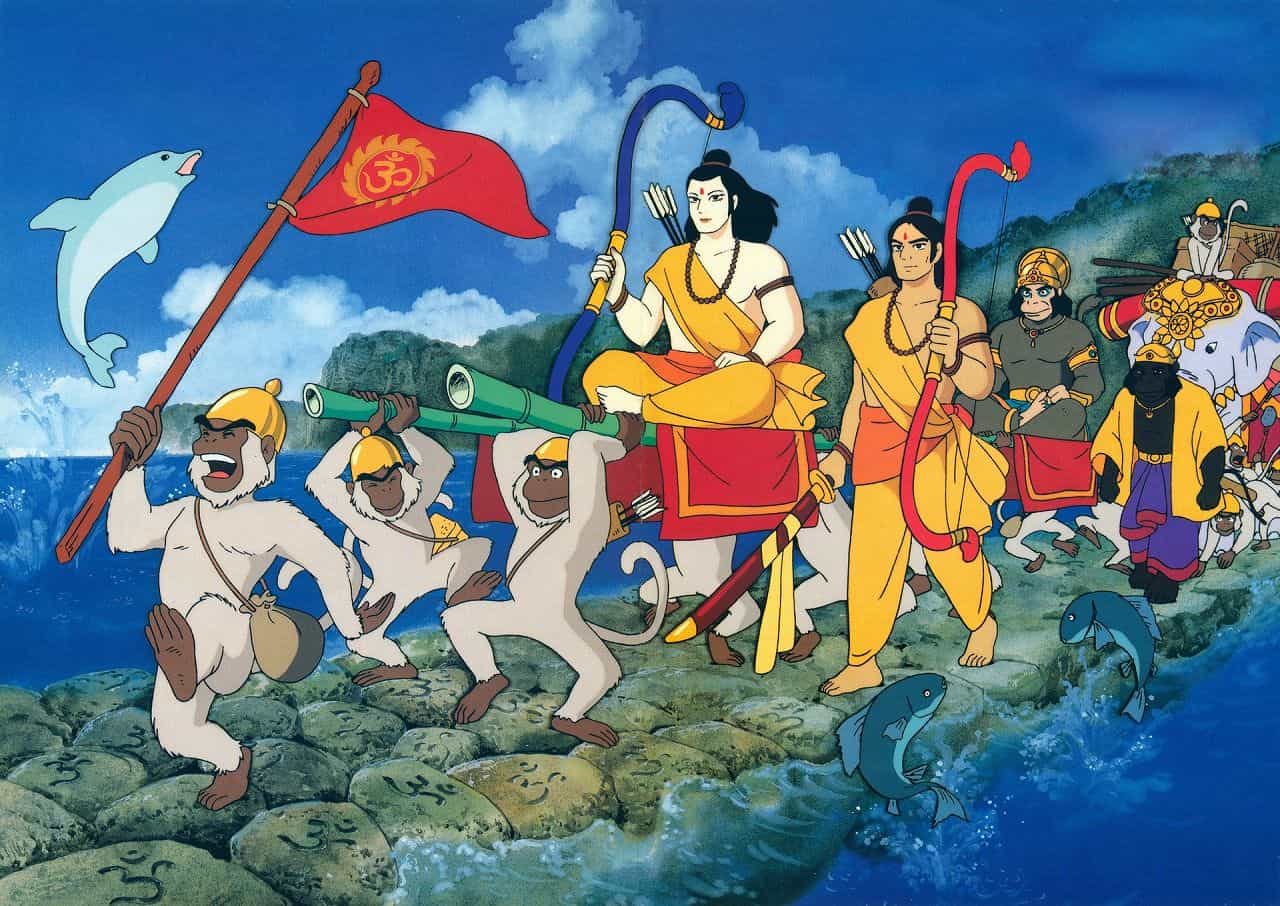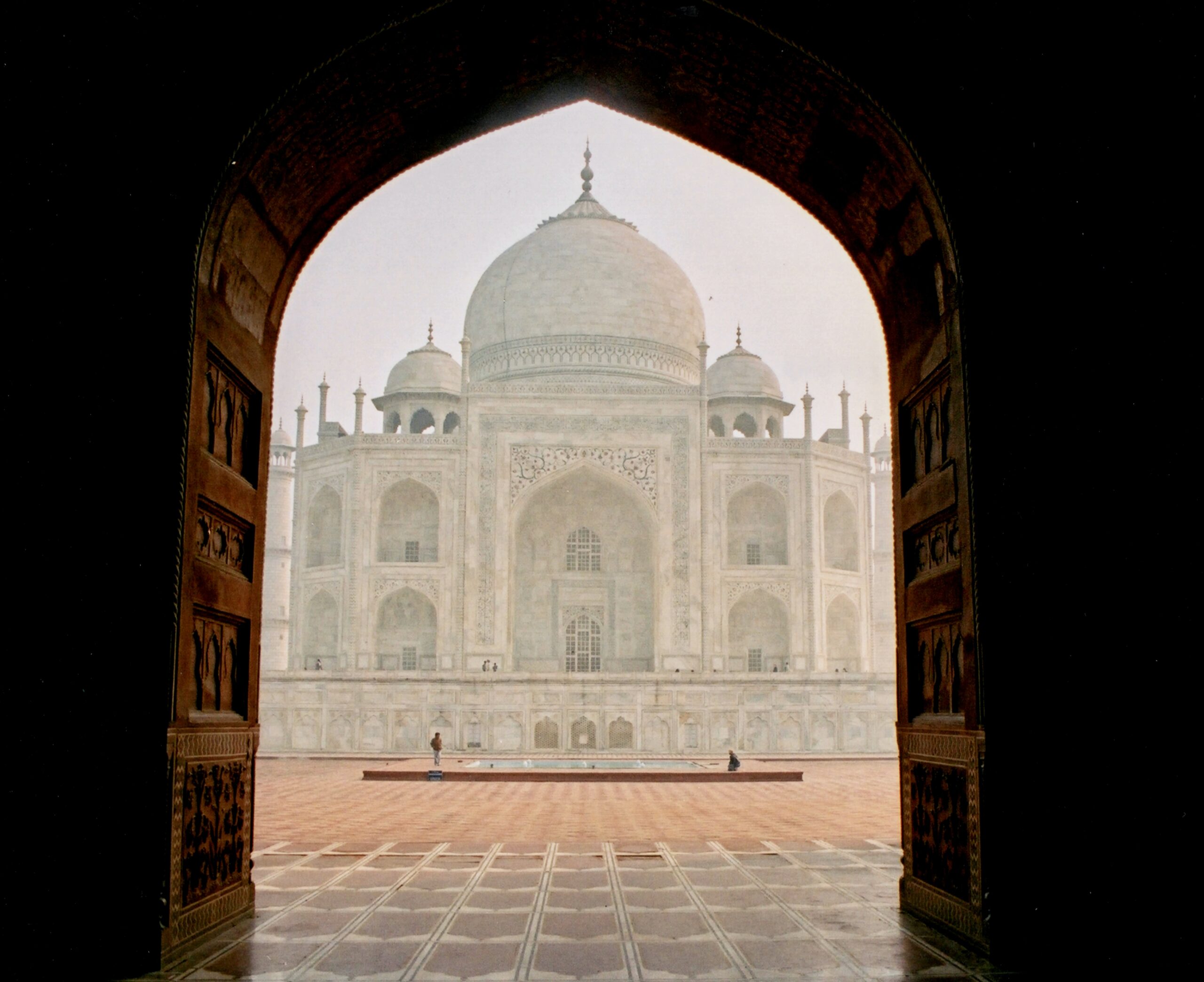At the tender age of five, I was introduced to the enchanting world of cinema. It was an ordinary evening when my parents, on a whim, decided to treat me to a movie at the local cinema hall. Little did I know that this seemingly simple outing would leave an enduring imprint on my life. As I sat transfixed, watching Shahrukh Khan gallivant through the towering skyscrapers of New York in “Kal Ho Na Ho,” I felt a stirring within me—a recognition that this experience would shape a significant part of my personality. That moment ignited a passion for cinema that would evolve and deepen over the years. From pursuing a degree in Screenwriting to discovering the beauty of solitude through watching movies alone, each film I watched became a mirror reflecting not only the intricacies of storytelling but also profound insights into life itself. Over the years, not only has my relationship with films undergone a metamorphosis, but so too has the medium through which we consume them. From the grandeur of cinema halls to the convenience of streaming platforms. This evolution has been propelled by advancements in technology, altering not just how audiences consume content but also challenging traditional distribution models.
(L-R) Inside the theatre- photograph by Jake Hill; Ticket counter
Decades ago, Indian cinema thrived within the walls of grand cinema halls, where audiences gathered to experience the magic of the silver screen. Theatres were the primary distribution channels, and the success of a film often hinged on its theatrical run. The vibrant atmosphere of cinema halls, coupled with the anticipation of new releases, created a communal viewing experience that became an integral part of Indian culture. Viewing a movie in the cinema was a luxury, while indulging in region-specific delicacies from the cinema canteen added a sense of nostalgic comfort. The presence and significance of celluloid offered an unmatched escape from reality for the common man.
While cinema halls reigned supreme for an extended period, they were not without their share of significant challenges. The scarcity of screens, coupled with exorbitant ticket prices and geographical limitations, hindered audience accessibility, especially in rural regions. Moreover, the rampant rise of piracy emerged as a persistent menace, perpetually jeopardising the profitability of films by diverting revenue from legitimate distribution avenues.
Tent cinemas (Tambu Talkies) changed the streaming experience in India
Yet, the formidable obstacle of sparse cinema infrastructure in rural locales found its resolution in the emergence of tent cinemas, also known as Tambu Talkies. These innovative establishments spearheaded a transformative approach to film screening, transcending geographical barriers by bringing cinematic experiences to the farthest reaches of the nation. In doing so, they assumed a pivotal role in educating society about the significance of the performing arts.
The emergence of home entertainment technologies, epitomised by the advent of VCRs and DVDs which heralded a pivotal shift in the landscape of film distribution. Empowering audiences with the liberty to enjoy films at their leisure, this transition effectively circumvented the constraints imposed by traditional cinema halls.
Access of Netflix in everyday homes
Yet, the true revolution in Indian film distribution manifested with the widespread growth of the internet and the meteoric ascent of streaming platforms. Platforms like Netflix, Amazon Prime Video, and Disney+ Hotstar emerged as veritable game-changers, disrupting entrenched distribution models with their ability to deliver a vast repertoire of films directly to viewers’ homes. Embracing the convenience of on-demand streaming and an extensive array of content choices, audiences fervently embraced this paradigm shift, propelling the digital era of film consumption to unprecedented heights.
The emergence of streaming platforms also addressed the issue of accessibility by recognising that their target audience extended beyond the affluent segments of society to encompass the broader populace, especially those in rural areas, seeking diverse entertainment options. This burgeoning demand, coupled with initiatives by major cellular network providers like Jio, India’s largest telecom network, to make mobile data affordable, accelerated the transition from celluloid distribution to the realm of streaming platforms. Furthermore, the availability of subtitles and dubbing options has made Indian cinema more accessible to international audiences as well, expanding its global reach.
The transition of Indian film distribution from celluloid to streaming platforms signifies a profound paradigm shift in audience engagement with cinema. While traditional cinema halls retain their cultural resonance, streaming platforms have democratised access to Indian cinema, offering enhanced flexibility and diversity. Yet, this digital revolution presents its own array of challenges, necessitating stakeholders to adapt and innovate within an ever-evolving landscape. As technology advances, the trajectory of Indian film distribution appears poised for dynamic and transformative evolution. While the allure of cinema halls may diminish, it serves as a testament to the inevitability of digitalisation within our cultural fabric, poised to increase exponentially over time. However, I strongly believe that we can preserve the timeless essence of the silver screen experience whilst simultaneously embracing a more contemporary cinematic ethos.
Words by Anithya Balachandran.
Featured image The théâtrophone premiered in Paris, 1881.
